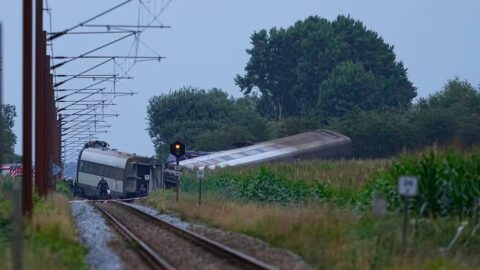The municipality of Kragerø, a popular summer destination in southern Norway, has once again approved plans to build a large cabin village in a disused quarry on the island of Litangen. The project, led by billionaire investor Ivar Tollefsen and his company Fredensborg Fritid, includes 220 holiday cabins, 160 private boat moorings, and additional infrastructure such as bathing areas, commercial premises, and underground parking.
This is the second time the municipal council has greenlit the project. An earlier decision in November 2024 was overturned by the County Governor of Vestfold og Telemark (Statsforvalteren) due to insufficient documentation. The revised version now includes a more comprehensive environmental and planning assessment.

Cabin villange: local opposition and legal scrutiny
The project has sparked opposition from green parties and environmental groups. Representatives from the Green Party (MDG), Socialist Left Party (SV) and Red Party (Rødt) had previously requested a legality check, leading to the initial rejection.
Environmentalists, including Naturvernforbundet Telemark (a regional branch of the Norwegian Society for the Conservation of Nature), argue that the development will put additional strain on the Oslofjord ecosystem, already under pressure from tourism and construction. Per-Erik Schulze, a marine biologist and MDG spokesperson, has not ruled out a new appeal.
Cabin villange: economic interests and political consensus
Supporters of the plan, including representatives from the Progress Party (Frp) and the Labour Party (Ap), see it as an opportunity to revitalise an abandoned industrial site and stimulate the local economy.
“A good proposal has become even better,” said Frp’s Thorleif Fluer Vikre during the council meeting, a sentiment echoed by Labour’s Kristoffer Stoa Gundersen. They acknowledged that the legality review had led to a more informed and robust decision.
Kragerø already hosts 3,490 registered holiday homes and receives around 50,000 tourists each summer, far outnumbering its 10,445 permanent residents. The new development adds to ongoing debates about the carrying capacity of Norway’s coastal zones.

An alternative vision: the ‘useful village’
In contrast to the commercial cabin complex, a local initiative called Kilsfjordens Venner proposed an alternative model named Litangen Nytteby (“Useful Village”). Their plan envisioned sustainable tourism based on coastal cabins, local food production, and educational activities. However, this vision has not been adopted by the municipal authorities.
Fredensborg Fritid hopes to begin sales in spring 2026, with construction starting later that year, pending further approvals. The project continues to draw both keen interest and sharp criticism, highlighting the tensions between tourism development, environmental protection, and local democracy in coastal Norway.






